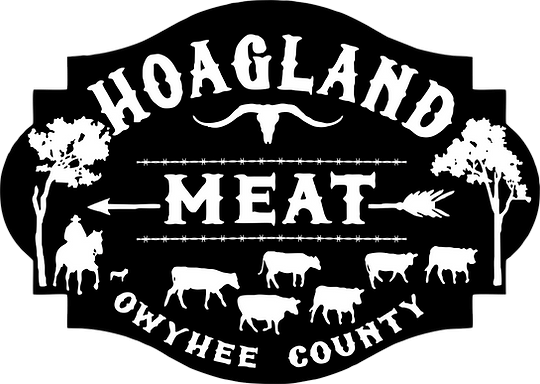What’s the Difference Between Spare Ribs, St. Louis Style, and Baby Back Ribs?
🍖 “Wait, what’s the difference between spare ribs and St. Louis style?”
You’re not alone if you’ve asked this at the meat counter or mid-BBQ prep.
Chef Chris recently broke it down in our latest reel with a side-by-side look—but here’s the full scoop on how these rib cuts differ, where they come from, and how to use them depending on your flavor, texture, and cooking style.

🐖 Location, Location, Location: Where Each Rib Cut Comes From
Let’s start with the pig. All three cuts come from the rib section, but where they’re located makes all the difference.
Spare Ribs:
These are cut from the belly side of the pig, just below the baby backs and above the sternum. They’re flatter, meatier, and have more connective tissue—which means more flavor when cooked low and slow. These are the OG ribs you’ll find in a lot of traditional BBQ.
St. Louis Style Ribs:
Take those spare ribs and trim them down—removing the breastbone, cartilage, and the flap—and now you’ve got St. Louis style. Same section, just a cleaner, more uniform rack that’s easier to cook and eat. Think of them as the more refined cousin of spare ribs.
Baby Back Ribs:
These are cut from the top of the rib cage, near the spine, where the ribs meet the loin. They’re shorter, curved, and more tender than spare ribs. Hence the name “baby” backs—not because they come from baby pigs, but because they’re smaller in size.

🍴 Taste & Texture: What to Expect
Each rib cut brings something different to the grill:
-
Spare Ri
bs: Meaty, flavorful, and juicy when cooked right. A bit more work, but worth the reward.
-
St. Louis Style: Balanced fat and meat with a uniform shape that cooks evenly and is easy to slice and serve.
-
Baby Backs: Leaner, more tender, and quicker to cook. Popular with beginners or those who love fall-off-the-bone bites.

-
Backyard BBQers:
Baby backs are your best bet—less connective tissue and quicker to grill or bake. Great for families or casual dinners. -
Smokers & Slow Cookers:
Spare ribs or St. Louis style shine here. Their fat content and size make them perfect for that low-and-slow method that infuses smoky flavor deep into the meat. -
Meal Preppers or Caterers:
St. Louis style offers consistency and portion control, making them ideal for events and large-scale cooking.
🔥 Cooking Tips & Recipe Ideas
-
Baby Back Ribs:
Grill over indirect heat for 1.5–2 hours. Baste with your favorite BBQ sauce in the last 30 minutes. Or bake, wrap in foil, and broil to finish. -
Spare Ribs:
Smoke for 5–6 hours at 225°F or braise in the oven for 3–4 hours for melt-in-your-mouth texture. Great with dry rubs and vinegar-based sauces. -
St. Louis Style:
Go classic competition-style: dry rub, 3-2-1 method on the smoker (3 hours smoke, 2 wrapped, 1 sauced). These also grill well if cooked slow and steady.
Final Takeaway
Whether you’re team Baby Back, team Spare, or all about that St. Louis style, each rib cut has its time and place. Knowing the difference means you can choose the right cut for the job—and cook it to perfection.
So next time you’re loading up your grill, ask yourself:
What kind of rib fan are you?
*We currently only offer Spare Ribs, which can easily be cut into St Louis Style Ribs. But, keep checking back. Occasionally we have baby back ribs! Thanks for your continual support.


